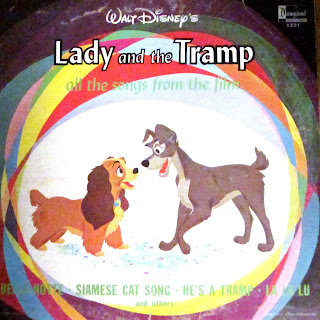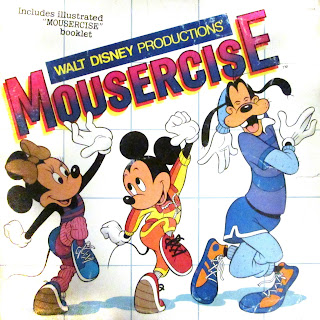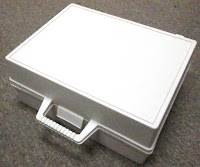Folk art expresses cultural identity by sharing community values and aesthetics. Terms which might overlap with folk art are naive art, tribal art, primitive art, tramp art and working-class/blue-collar art. Traditional rules of proportion and perspective are usually not followed. Characteristically folk art is not influenced by trends in academic or fine art circles. These art forms encompass a range of utilitarian and decorative media including cloth, wood, paper, clay, metal, and much more.
Joyce Hansen recently donated some fine examples of folk art to add to our collection at Prairie Museum of Art and History. These pieces are a tribute to the artists of days gone by and we are happy to have them.
(Click photo to enlarge)
This Yo-Yo clown doll was made from colorful scraps of fabric. It stands 12" tall. The doll was made by Colby resident, Greta L. Beckner, who in her retirement years kept busy making her delightful clown dolls for patients at the hospital and nursing homes.
W. L. "Red" Biggs was the artist who fabricated this little rocking chair made from horseshoes and metal mesh. It measures 7" high x 7" deep x 5 wide. (It is just the right size for the clown doll above!)
This scrap iron "Caterpillar" tractor is made from pipe, flat chain, pieces of flat iron and rod, and assorted other hardware. It is 11" long x 7" wide x 7" tall. It was made by Mingo area farmer and well known character, Dave Gruising



















